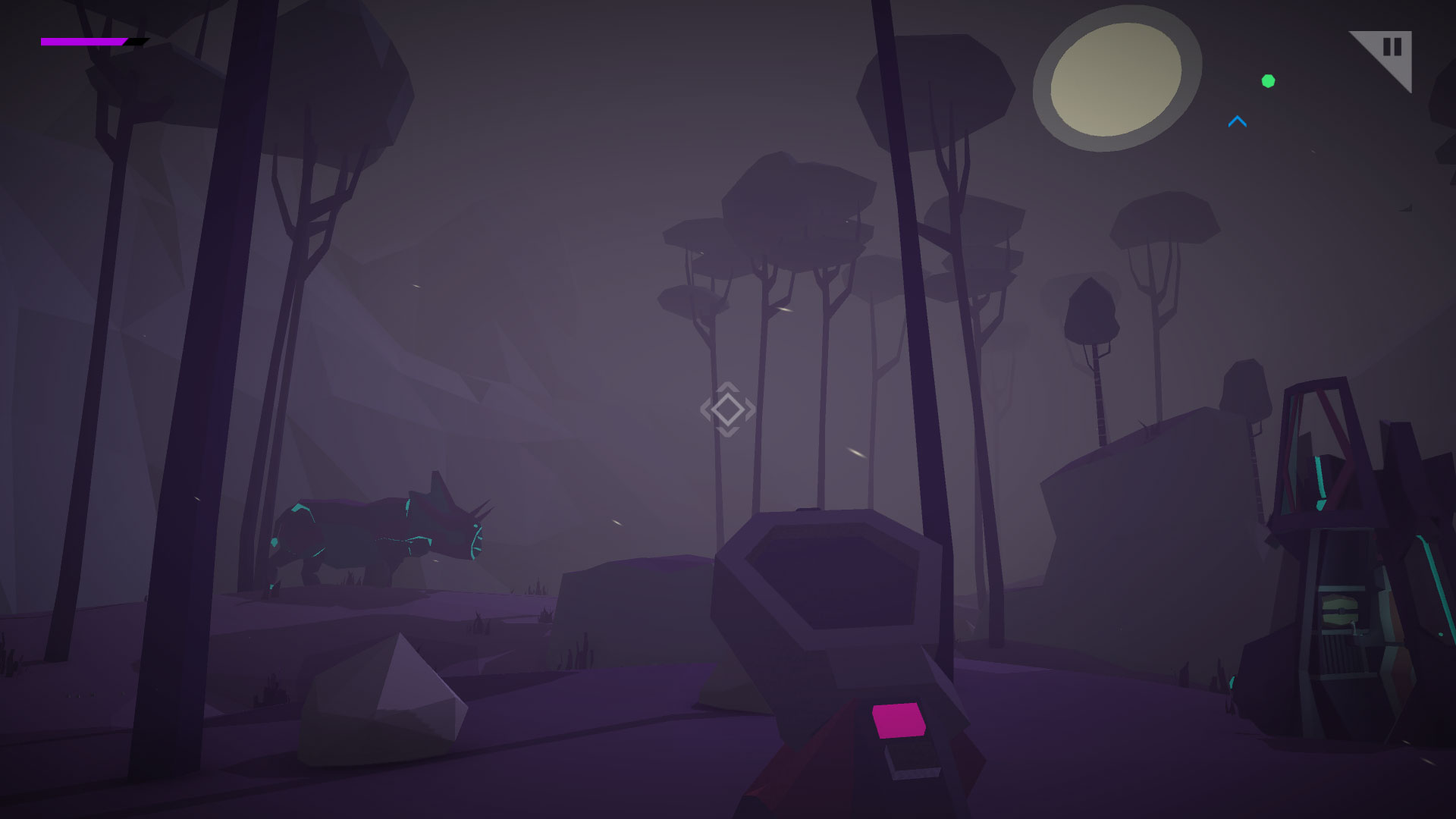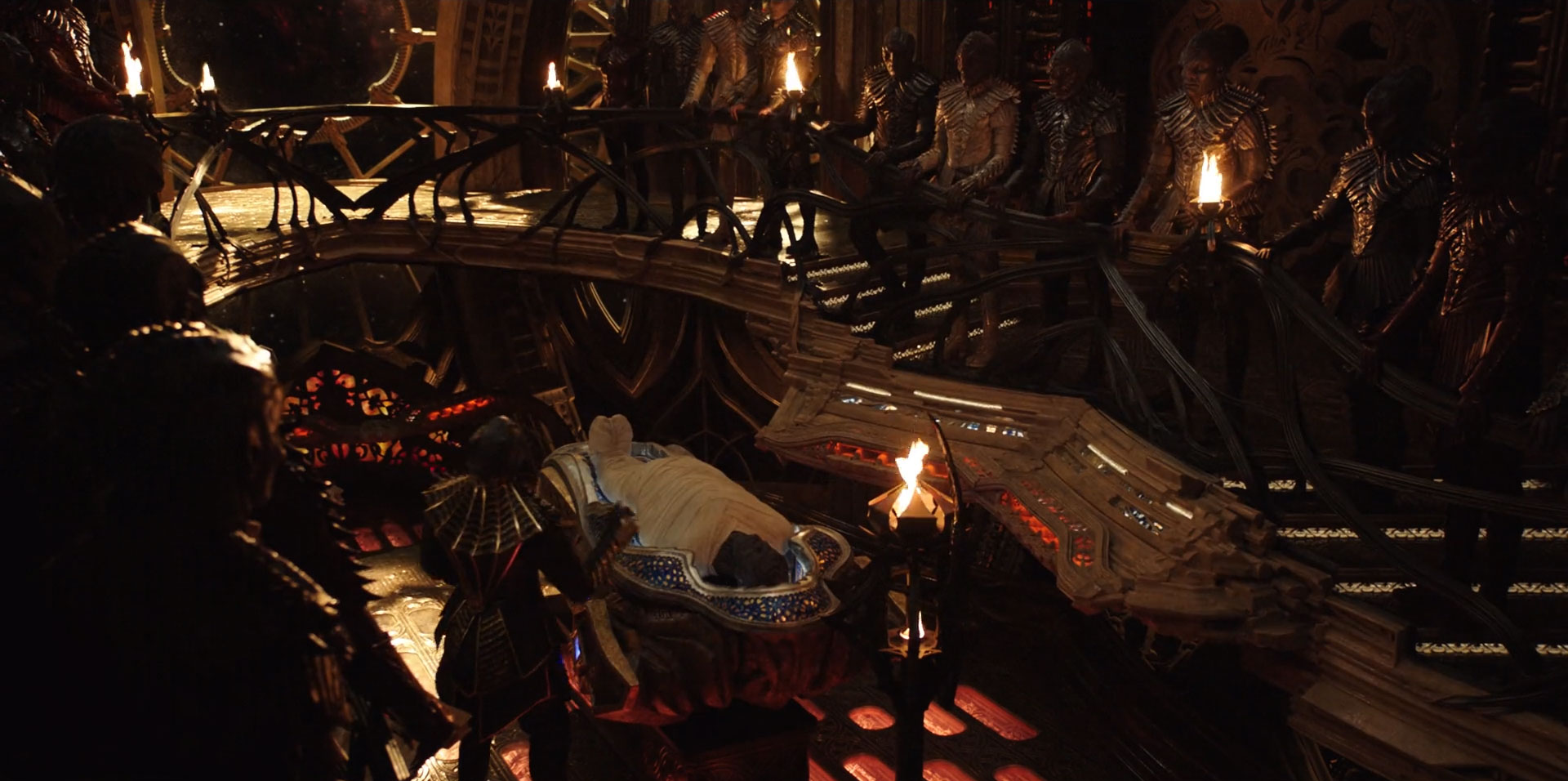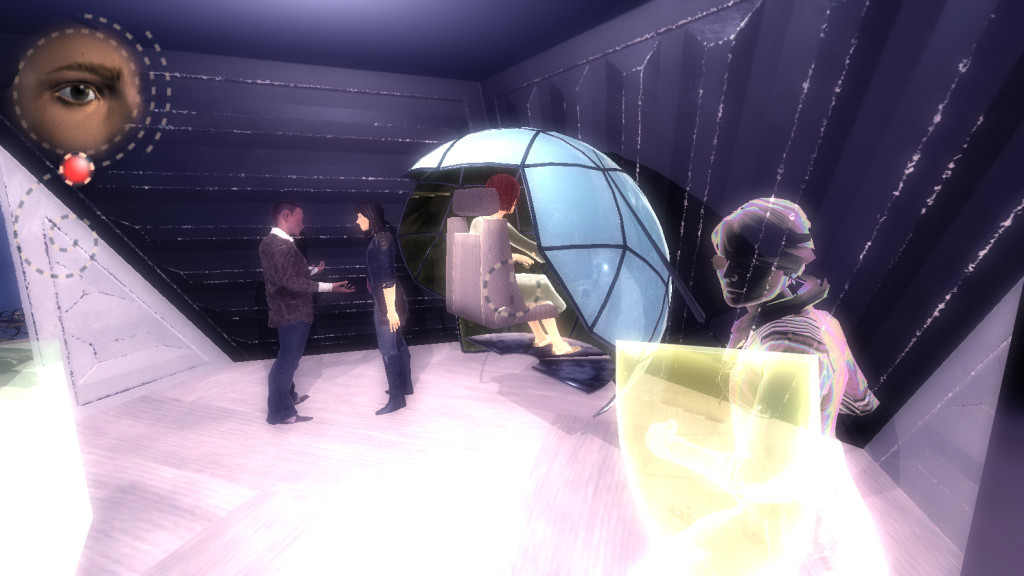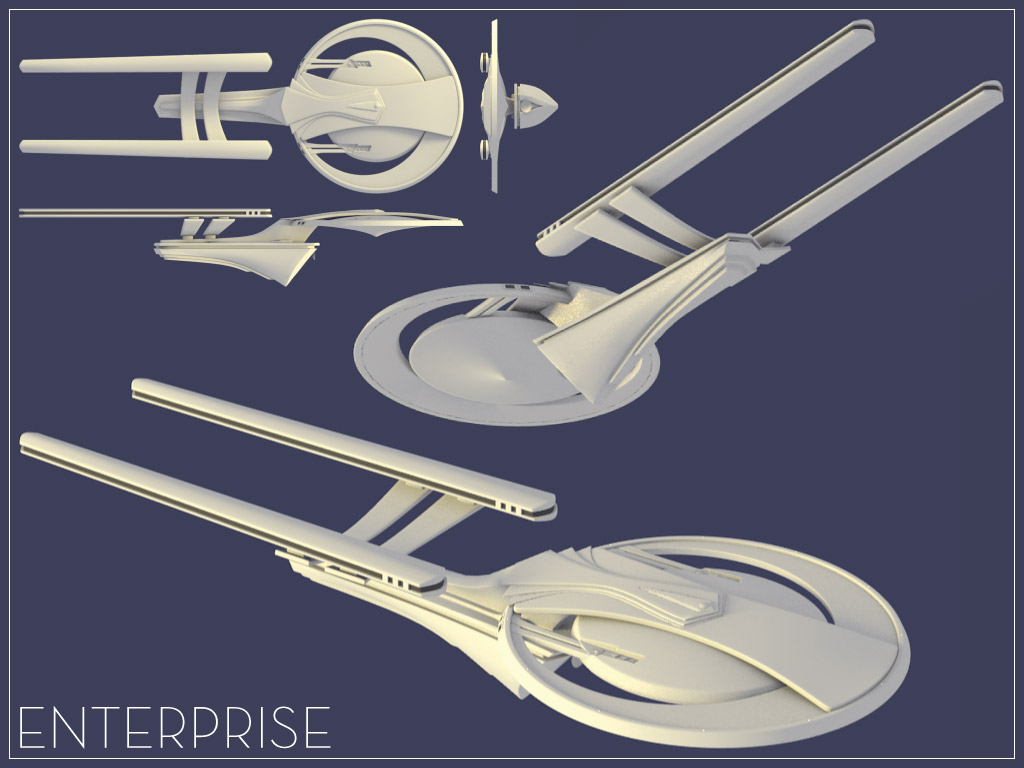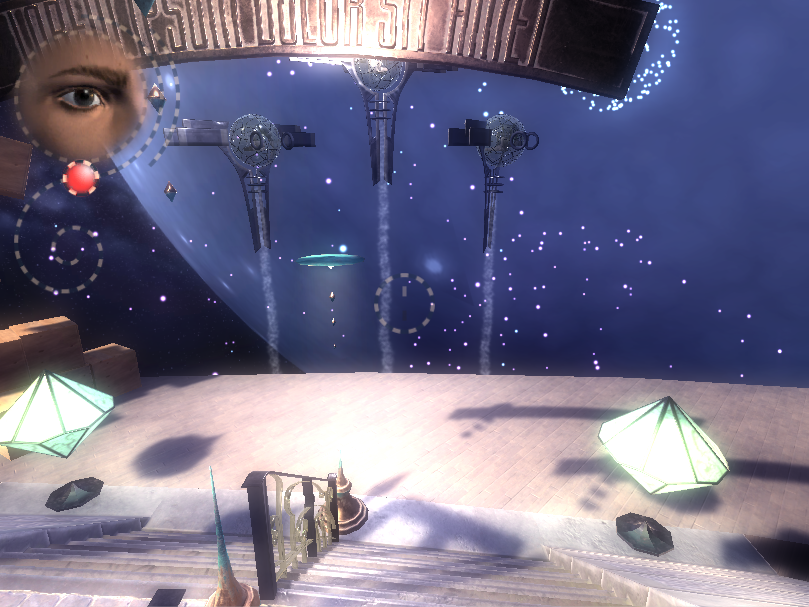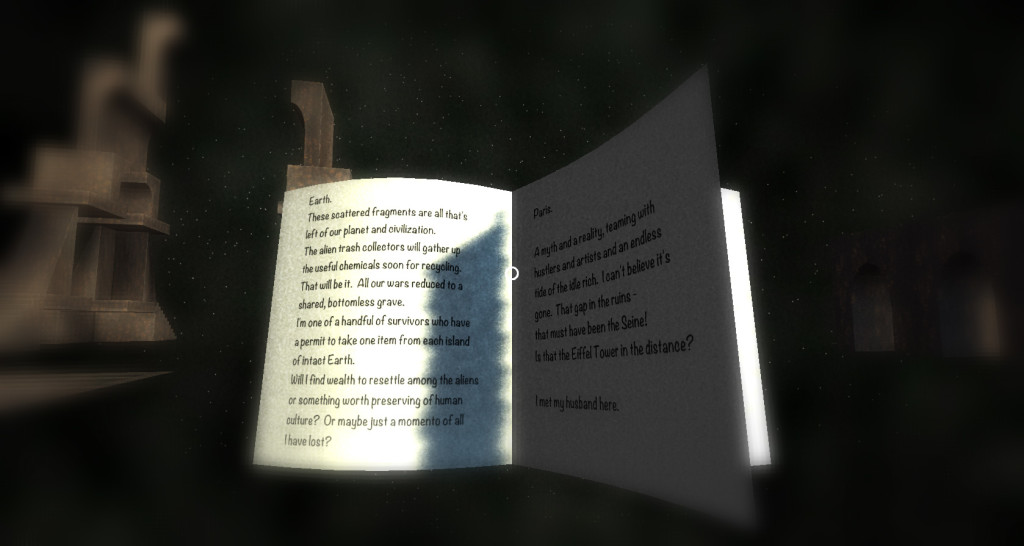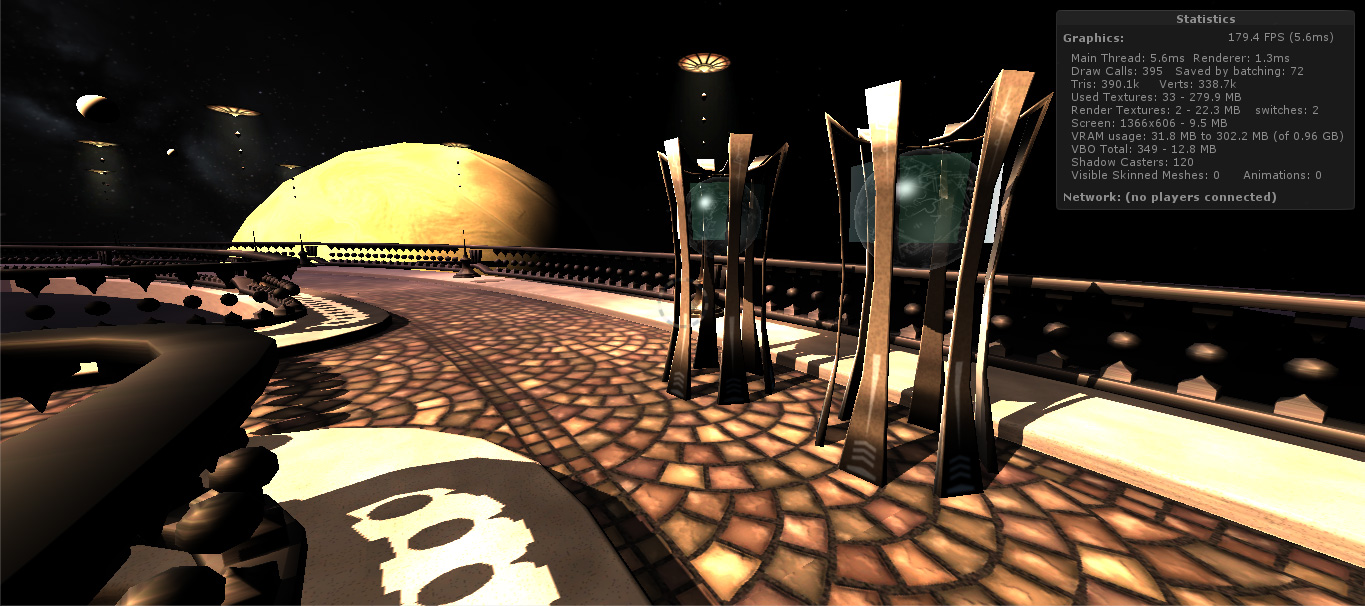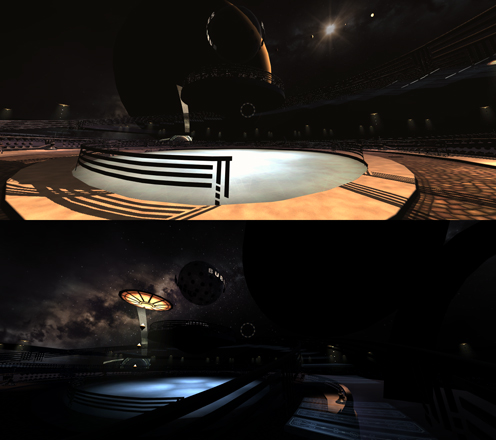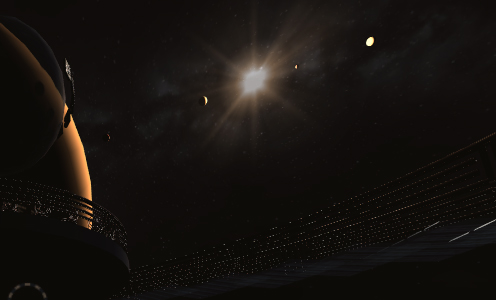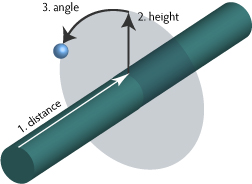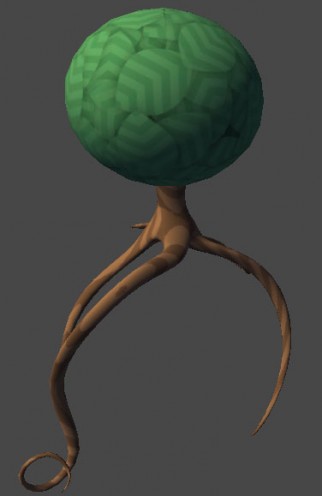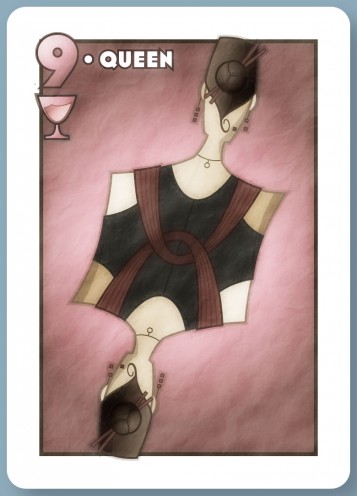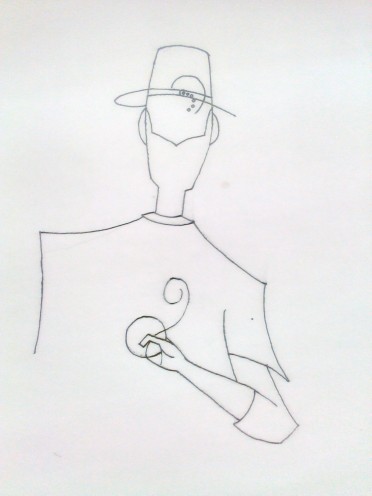Take, for example, graphics.
If you ask me what I’m looking for in terms of graphics, I’m likely to say I want state-of-the-art, lavishly produced 3D worlds.
But… that’s not really accurate, now that I’m thinking about it.
Right now, I’m playing Morphite, which features simple, flatly colored polygonal landscapes. And I love it.
Compare that, as an extreme example, to this still from the new Star Trek show.
The level of detail in this set is staggering. Everything is alien, custom designed for this alien race on this spaceship in this Star Trek show. It’s a wonder to behold.
And it’s exhausting to behold.
As I watch this, I’m not watching the characters, or perhaps more importantly, the subtitles of the alien language they speak; I’m watching the set. It’s so meticulously crafted as to be distracting. If that set were a video game environment, I would feel compelled to stop for several minutes to look at all the details close-up, like was admiring a work of art in a museum, forgetting all about the gameplay and the story. And I would like the game less because I did that.
So yes, I want lovely graphics, but more importantly, I want graphics whose level of detail harmonizes well with the pacing of the game I’m playing. Intricate detail is great for slow-paced, contemplative Myst-like puzzlers, for an action game I’d want something painted in broader strokes. There’s no one-size-fits-all approach to visual design here, and I’m certainly not advocating for all games to have minimalist or thoughtless designs. The designs still have to be really, really well-crafted–in terms of things like composition and balance and color selection–to hold my interest.
If you ask me whether I prefer live-action entertainment to animated, I’ll say live-action because everything is more real. And again, I’d be wrong about my own preferences. My favorite movies are animated, even though I find myself wishing I’d gotten to see more ‘well-realized’ versions of the fantastic environs you frequently get in animated features. Yes, the things in live action entertainment look more real. But, with animation or low-poly or pixelly styles, I have more mental bandwidth to engage with the story and characters, and then everything has the potential to feel more real.
And that feeling is really what’s important here.
